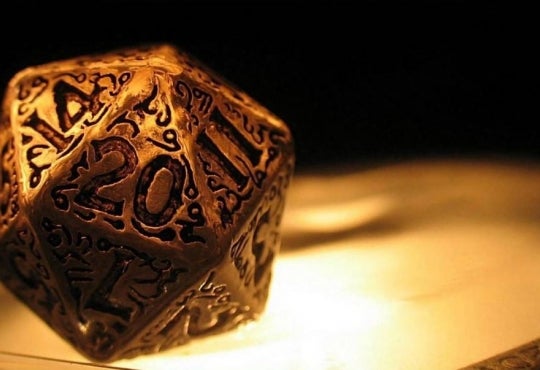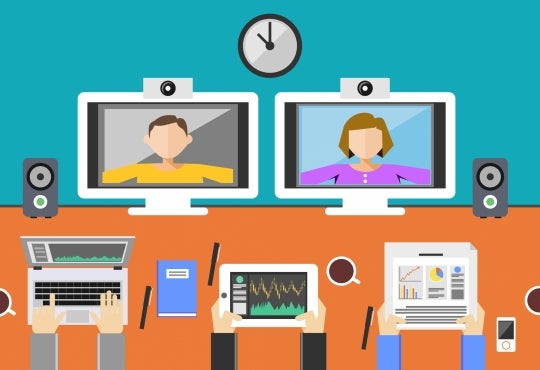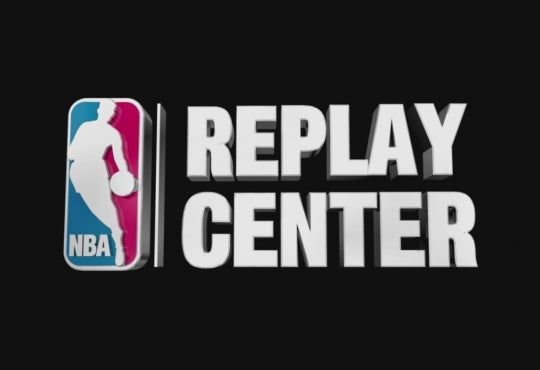As your old computer draws its lasts breaths, you begin to browse the stores for a brand new machine. While you saunter down the aisles gazing at overpriced computers, you think to yourself that there must be another way. There is – buying each part individually and building your computer from scratch. While this process takes more time and effort, the customizability and savings offered by building your own computer makes it well worth it.
To start off, it helps to know the different parts that make up a computer and what to look for:
- Central processing unit (CPU): the brain of the machine. Things to consider when buying a CPU include the number of cores and the clock speed (indicated in hertz, Hz); the more cores and the higher the clock speed, the better.
- Motherboard: the skeleton of the system that makes everything work together. When buying a motherboard, you want to make sure it has the correct slots to fit all the other pieces of hardware you will be installing.
- Random Access Memory (RAM): determines how much data can be processed while a computer is running. Like most other pieces of hardware, the higher amount, the better.
- The hard drive: storage for all of your files. If you want to store a lot of files, you will want to choose a hard drive with a large capacity. Hard drives can be Hard Disk Drives (HDD) which can hold a large amount of data or Solid State Drives (SSD) which load significantly faster.
- Video card: handles the display of the computer. If you wish to play a lot of video games or use graphics-intensive programs like Photoshop or Premiere, you will need a good graphics card.
- Power supply unit (PSU): handles the power coming from the wall socket to the computer. It is highly recommended that you do not cut costs here, as an insufficient or cheap PSU can damage other pieces of hardware.
- Case: the final piece of hardware you will need to purchase. You will need a case that can fit all of your components and possibly more if you want to upgrade in the future.
How do you select which makes and models to buy? Well, this mostly depends on how you will use the computer. Luckily, there are many online resources that will aid you in building your first computer. In addition to providing excellent information about parts and computer building, Logical Increments lists different parts and configurations in general tiers. You can see and select each part depending on your budget. Another similar resource is ChooseMyPC.net, where you can enter a price point and it will generate a build. After using these websites, you can check PCPartPicker to make sure that all your selected parts are compatible with each other. Here, you will be able to swap parts as you like, still ensuring they are compatible.
Once you have everything picked out, you can visit an online retailer likewww.newegg.ca or www.tigerdirect.ca to purchase your parts. Trusted brick-and-mortar stores like Canada Computers can also order and collect your parts for you. PCPartPicker and ChooseMyPC will provide you with a link to buy the parts.
After the parts have arrived, it is time for assembly. Since assembly is the most complicated step in the process of building a PC, it is recommended that you watch a video while you are assembling it, especially if this is your first time handling computer parts. The following video is a comprehensive guide made by Newegg detailing the process of assembly. After following the steps in the video, you will have a fully assembled computer.
References
[i] [PC Components}. (n.d.). Retrieved from https://rosar1721.files.wordpress.com/2014/12/pc-hardware-computer-hd-wallpaper-1920x1200-100941.jpg










